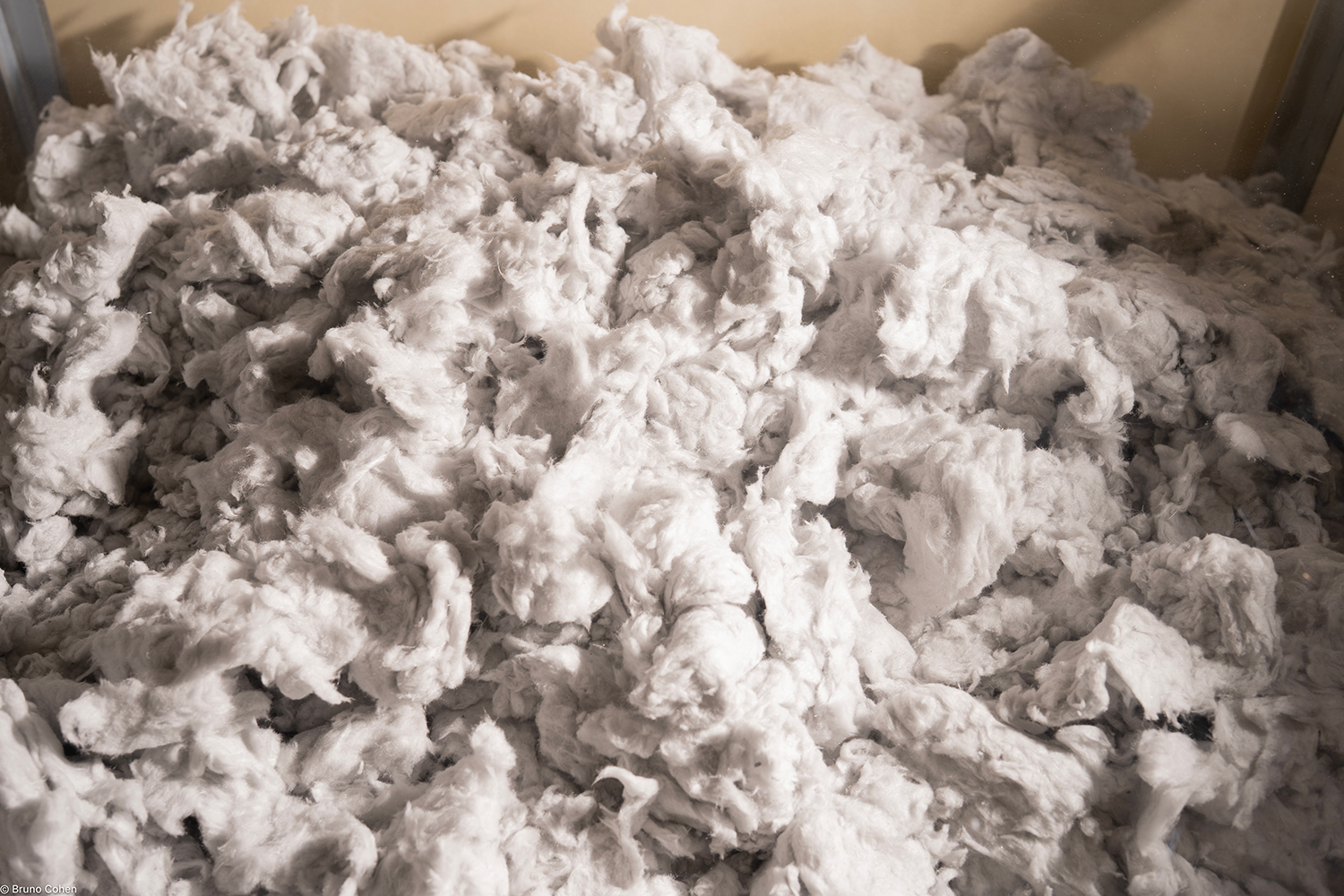
Protection active or passive
Active fire protection uses dynamic devices (detection, sprinklers, alarms, smoke extraction, etc.).
This protection is mainly curative, and requires upkeep.
Passive protection against fire is essentially preventive.
Its specificity is that, from the start of a fire, it acts immediately without human intervention and without no external energy input.
It allows a structure to resist a fire for a period of time (determined by the texts and construction regulations), limiting its effects once the disaster has been declared.
The reaction to fire
The reaction to fire indicates the behavior of the material as a combustible.
Combustibility corresponds to the quantity of heat emitted by the complete combustion of the material (reference to the calorific value).
Flammability corresponds to the quantity of more or less flammable gases emitted by the material under the action of a heat source.
Passive protection, reaction and resistance to fire
In fire safety, we must distinguish:
Reaction to fire: food that the material can bring to the fire and to the development of the fire
Fire resistance: time during which the material plays the role of limiting the propagation which is assigned to it despite the action of the fire.
All our products benefit from the A1 classification.

Resistance to fire
Fire resistance indicates the time during which, during a fire, a construction element (floor, wall, metal structure, wooden floor, etc.) retains its physical and mechanical properties.
This has 3 classifications:
R classification (formerly SF, Fire Stability): time during which the structure remains stable (mechanical resistance). The construction element retains, for the time indicated, its bearing capacity and self-supporting capacity.
RE classification (formerly PF, Flame Retardant): in addition to the R classification, the tested element must be impermeable to flames and flammable gases (Sealing). The element prevents during the indicated time, the propagation of combustion gases and fumes on the non-damaged side.
REI classification (formerly CF, CoupeFeu): in addition to the RE classification, this classification limits to 140°C on average and 180°C maximum, the rise in temperature of the surface not exposed to fire (thermal insulation). The element avoids, during the indicated time, the propagation of heat on the non-damaged side.
Summary table
| Criteria | R (Thermal resistance) | E (Waterproofing) | I (Thermal insulation) |
|---|---|---|---|
| R (SF) | NC | NC | |
| RE (PF) | NC | ||
| REI (CF) |

Regulatory Compliance
In all cases, the application must be done in accordance with the classification or characterization reports of the test carried out in an approved laboratory, and according to the nature of the support (concrete, metal structure, wooden floor, metal mesh, ventilation duct, ...).
The installation must also include the same bonding primer as the test in order to preserve our guarantee.






